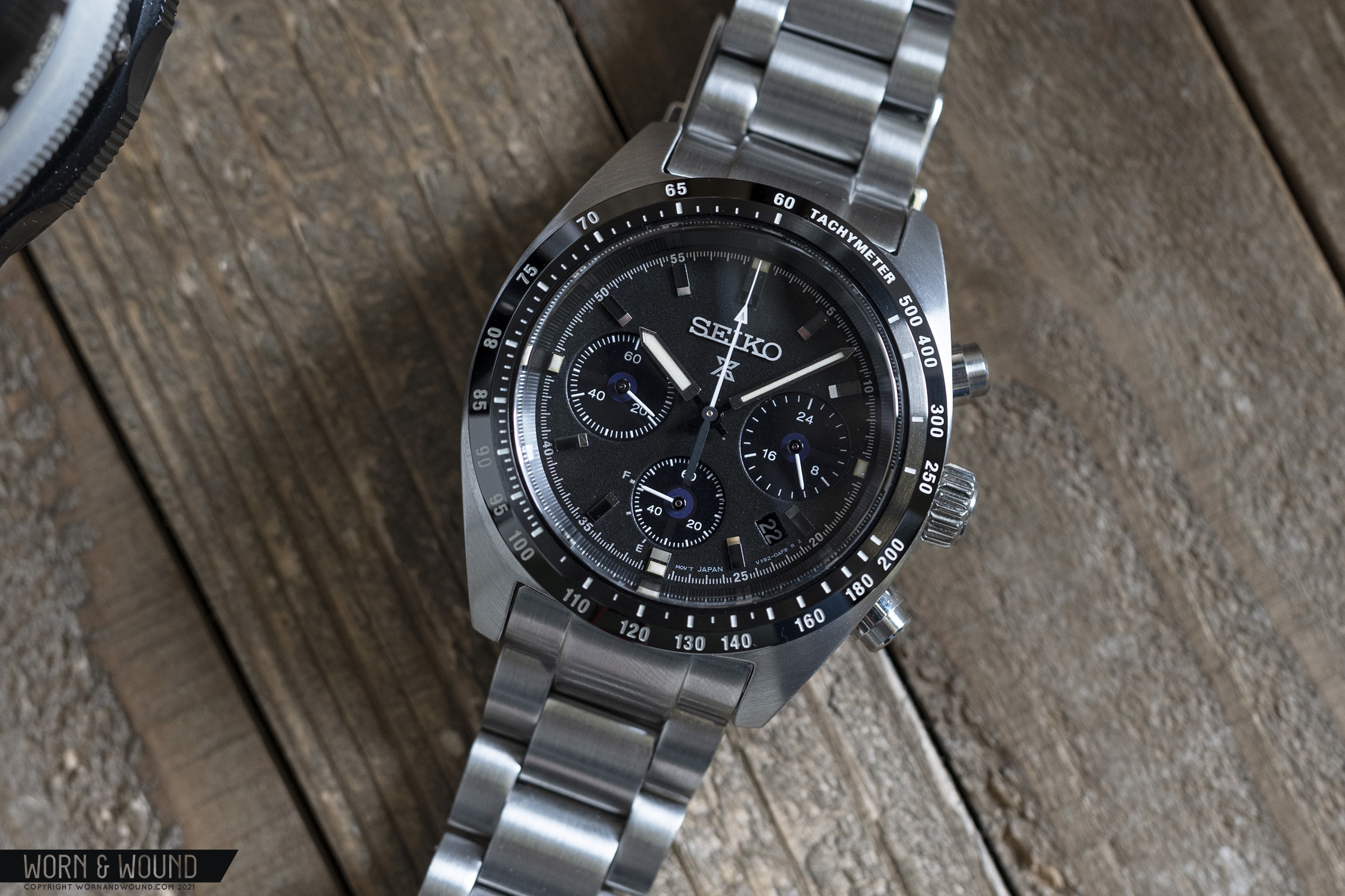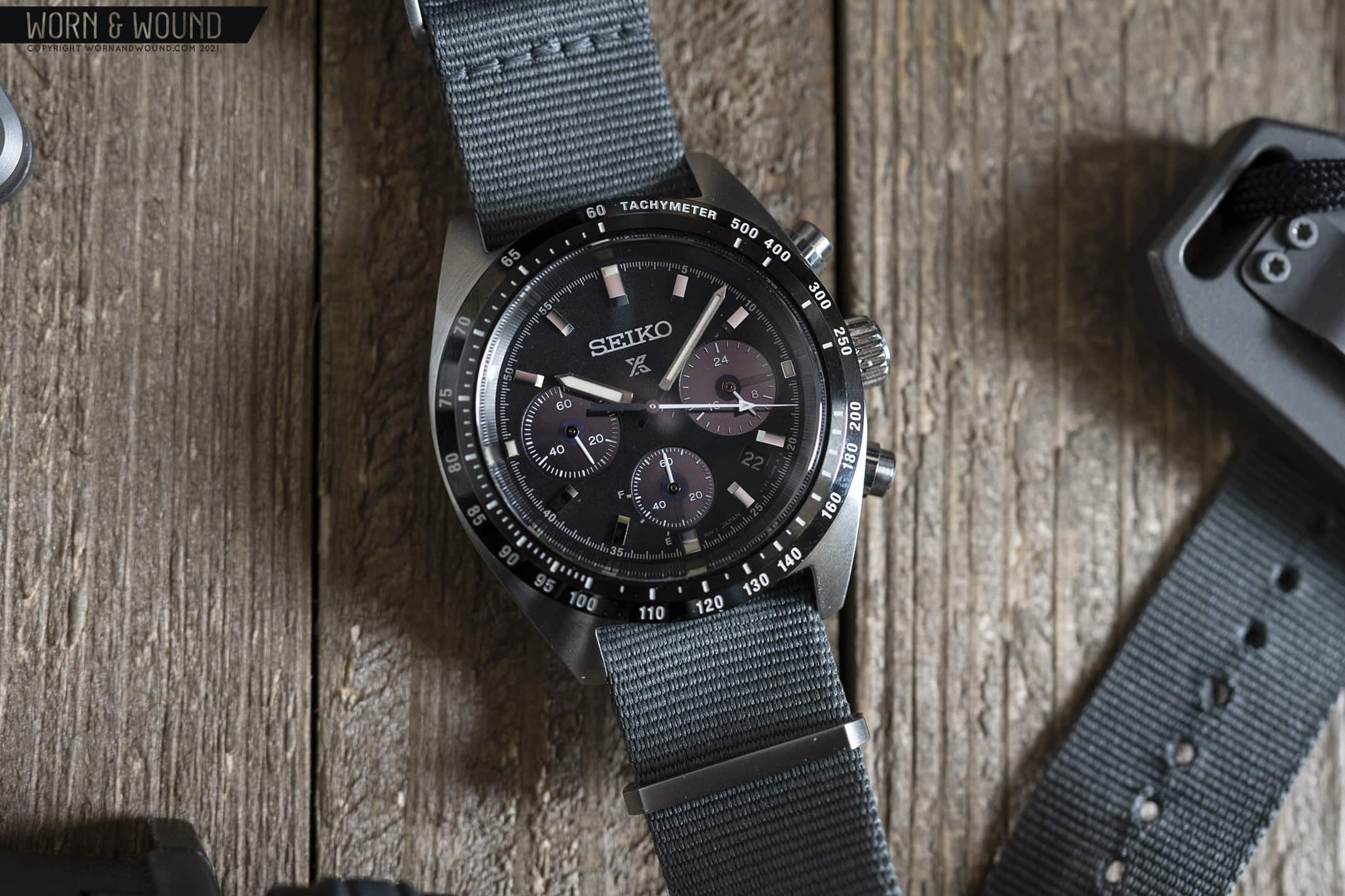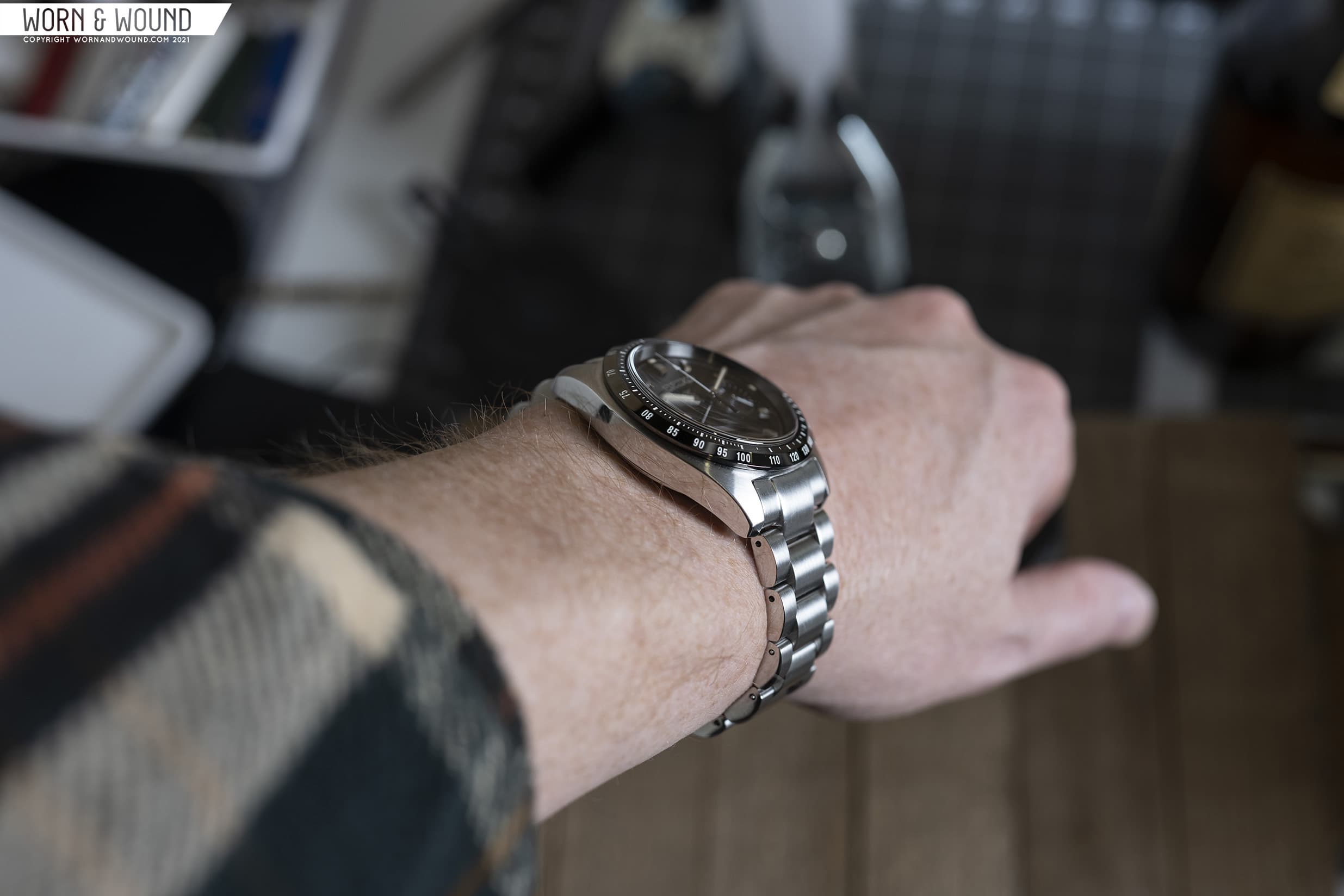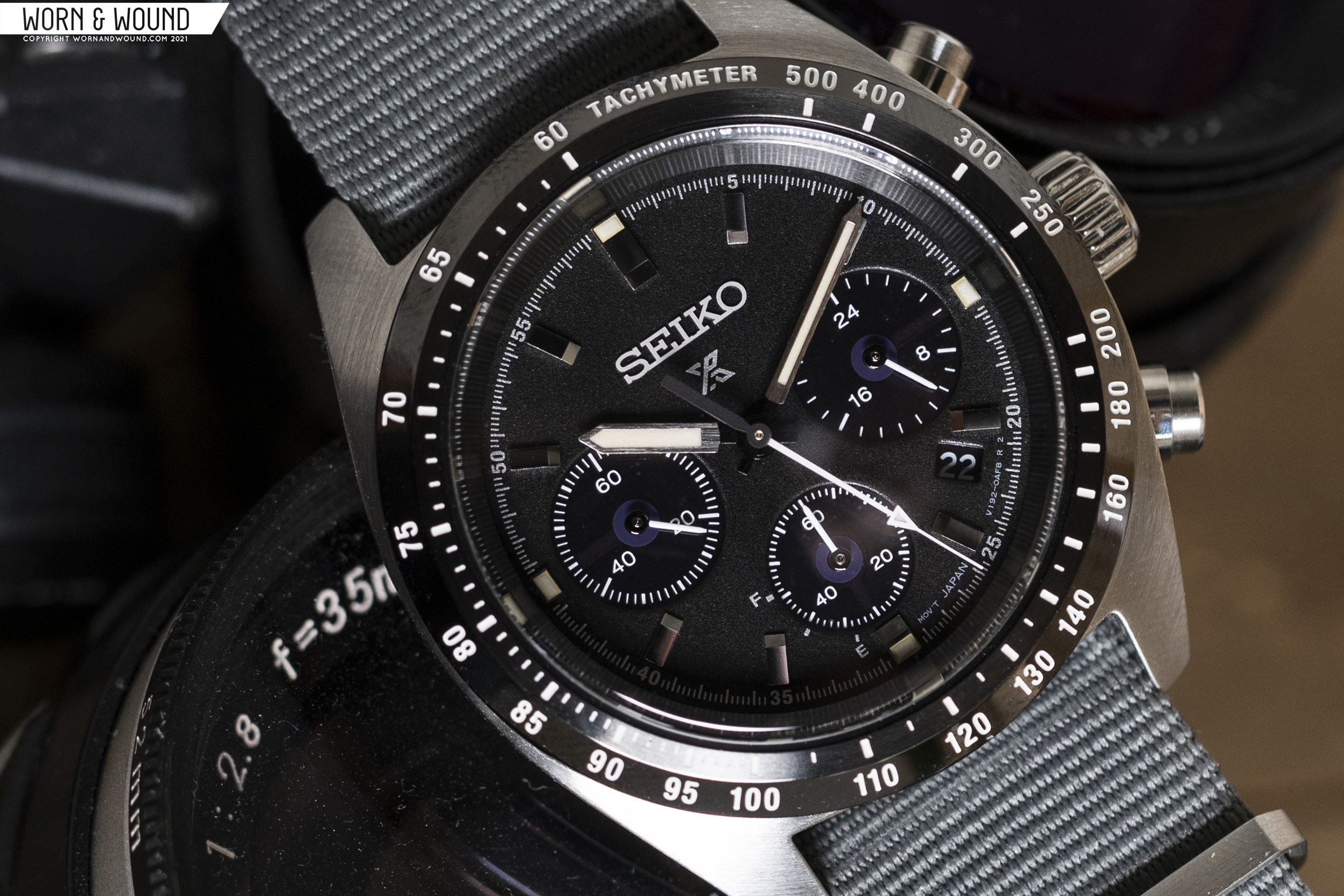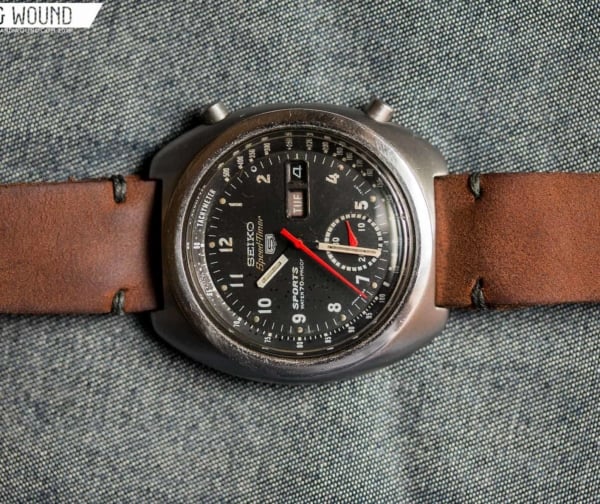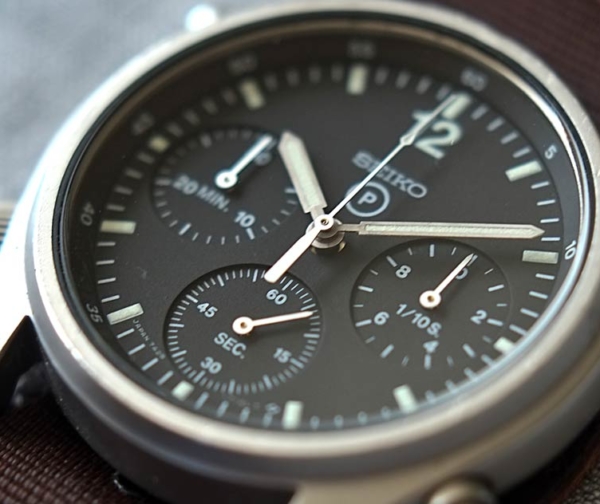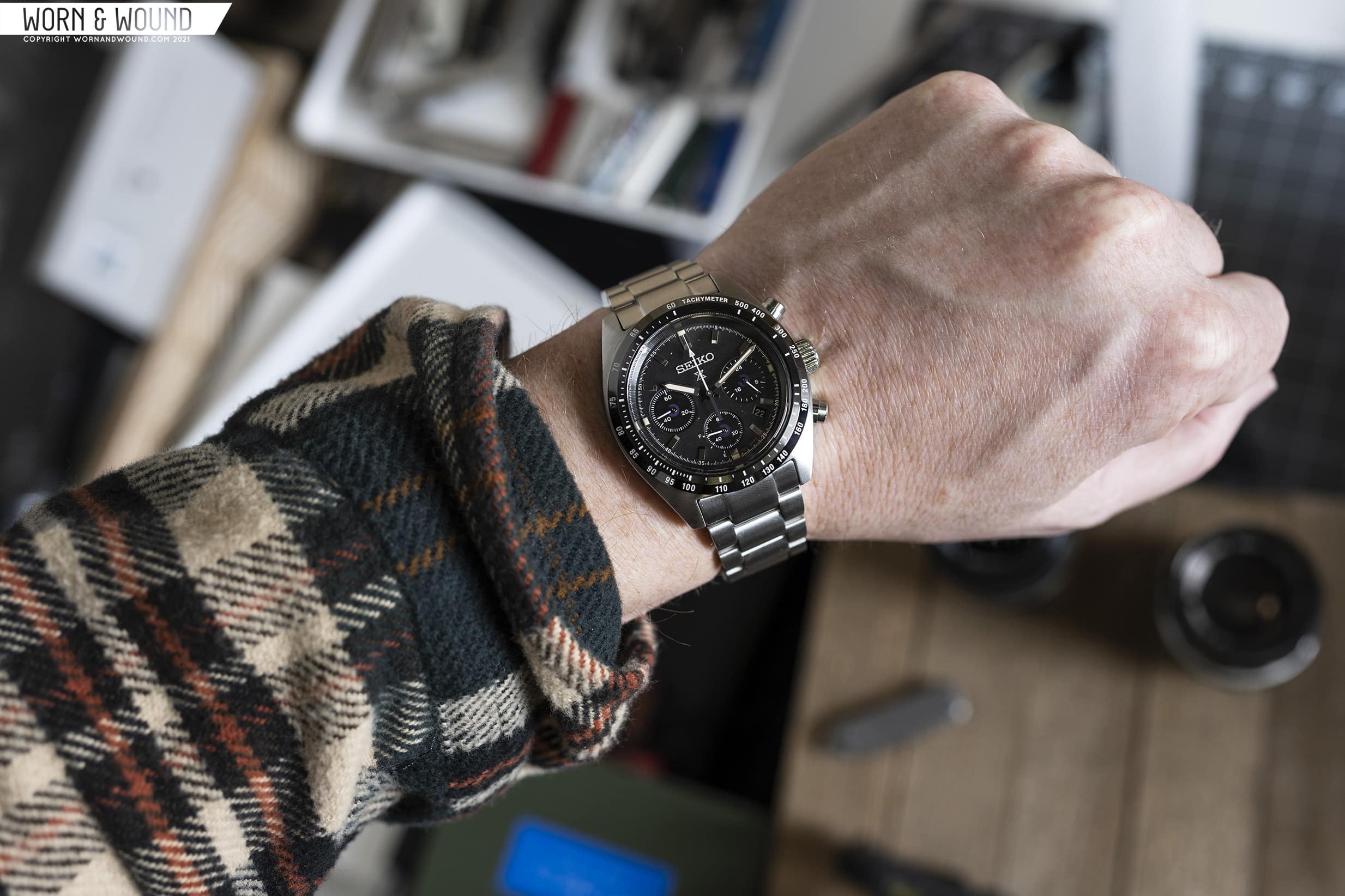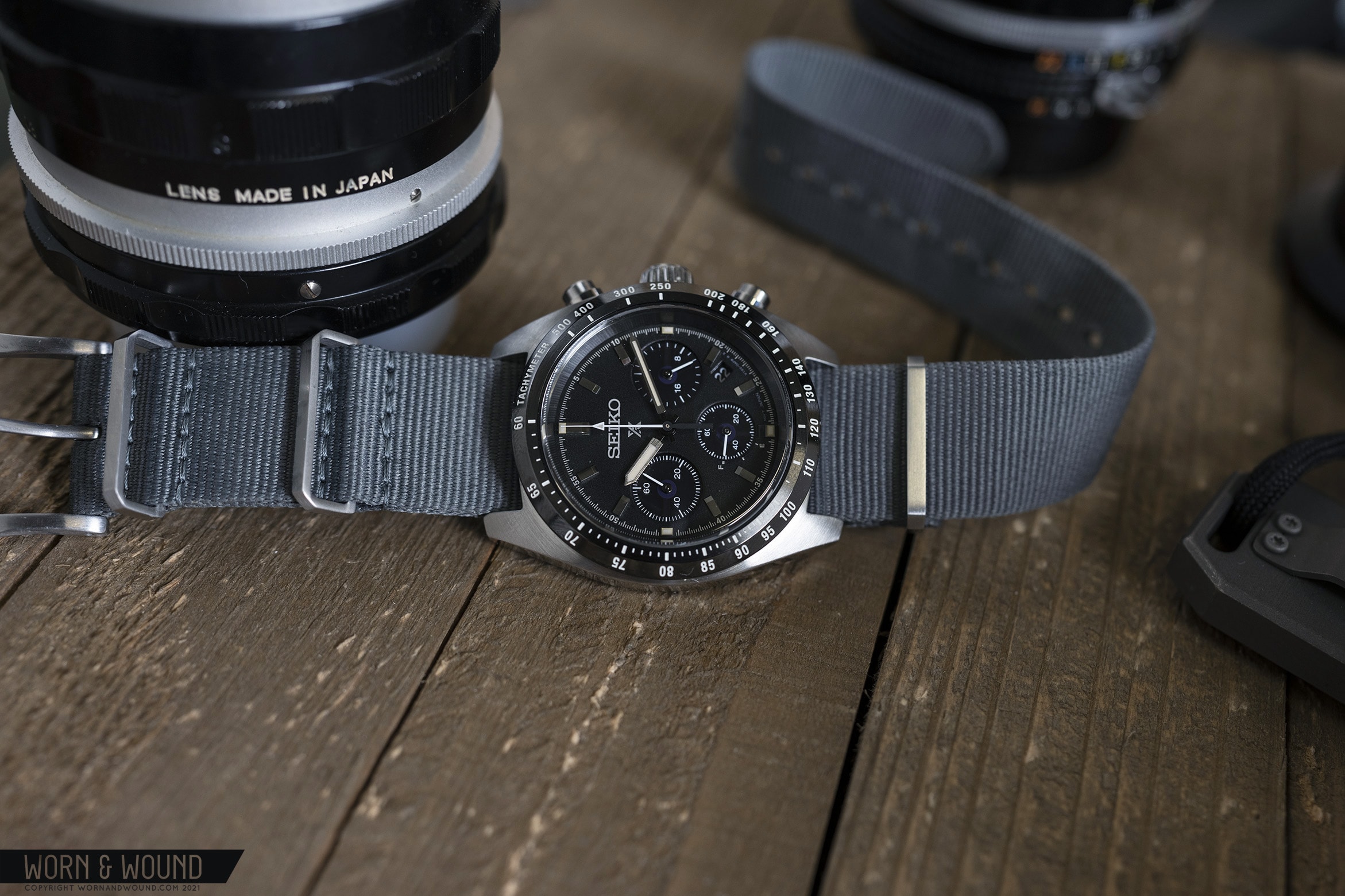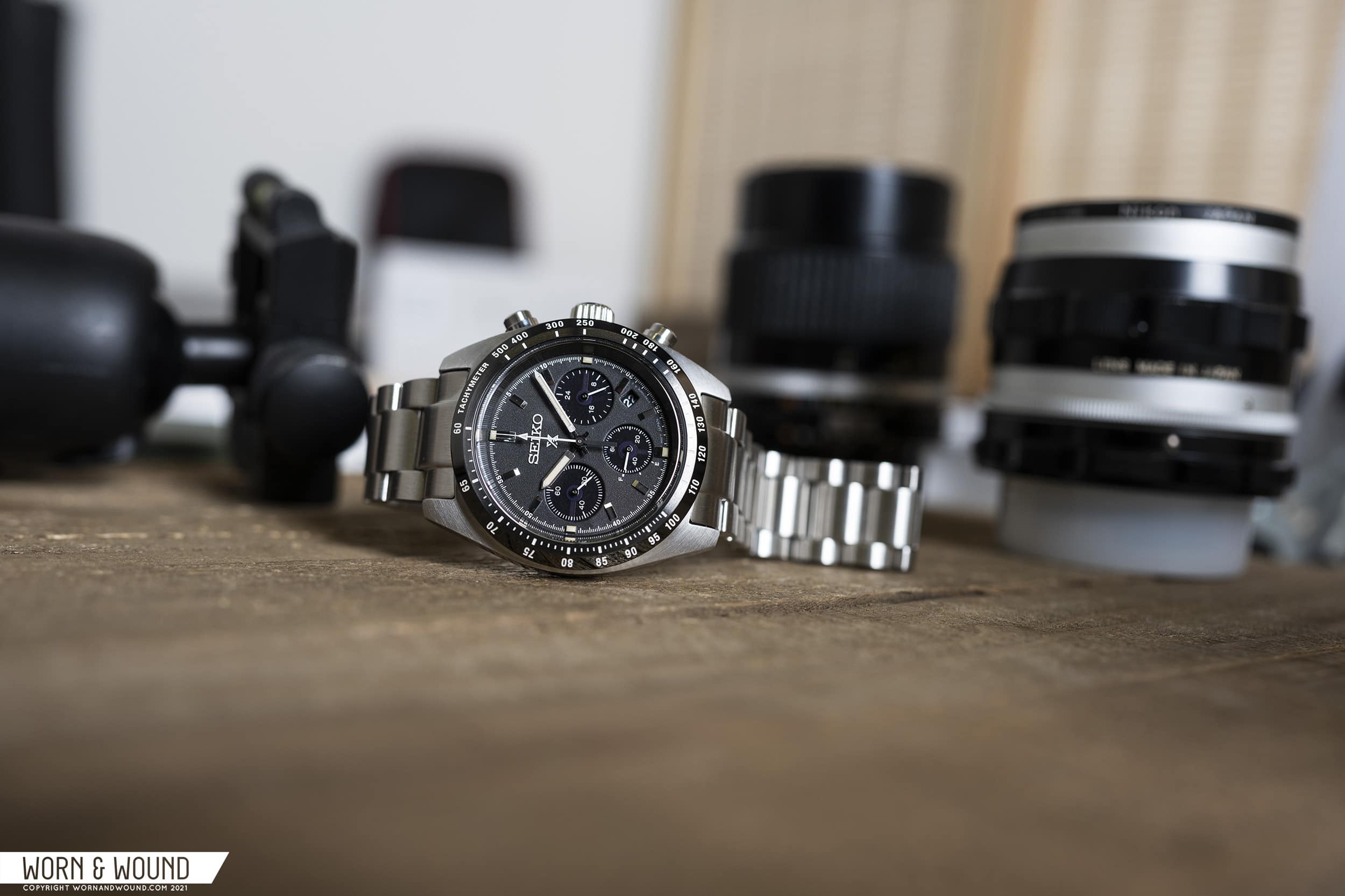You’ve probably noticed we’ve got a bit of a thing for Seiko around here, and if you’re a regular reader chances are high that you do, too. The focal point of that appeal has traditionally been centered around their eponymous dive watches that have served to define our enthusiasm from the early days, right on up to today, regardless of how the rest of our collecting habits have evolved. Of course, Seiko has made and continues to make great non-dive watches as well, from the Alpinist series to the Presage collection, there are more hits than misses across the board these days. One particular type of watch has been tricker to nail down, however, and that is a great all-round sports chronograph.
That’s not to say Seiko can’t make a great chronograph. Watches like the SNJ029 and SSC761 Black Series LE have a huge appeal, but aren’t quite suitable for everyday duty (for most of us, at least). And then there’s the history. When it comes to mechanical chronographs of the automatic variety, Seiko was right alongside Zenith and Heuer et al. in 1969 in releasing the very first such watch to the world with the reference 6139. Even going back to the 5719 from 1964 reveals a string of stylish, simple chronographs the likes of which haven’t really been seen since. For a brand that has so effectively recalled their classic dive designs in modern incarnations, there seems to exist a blind spot when it comes to these chronographs.









 Featured Videos
Featured Videos




